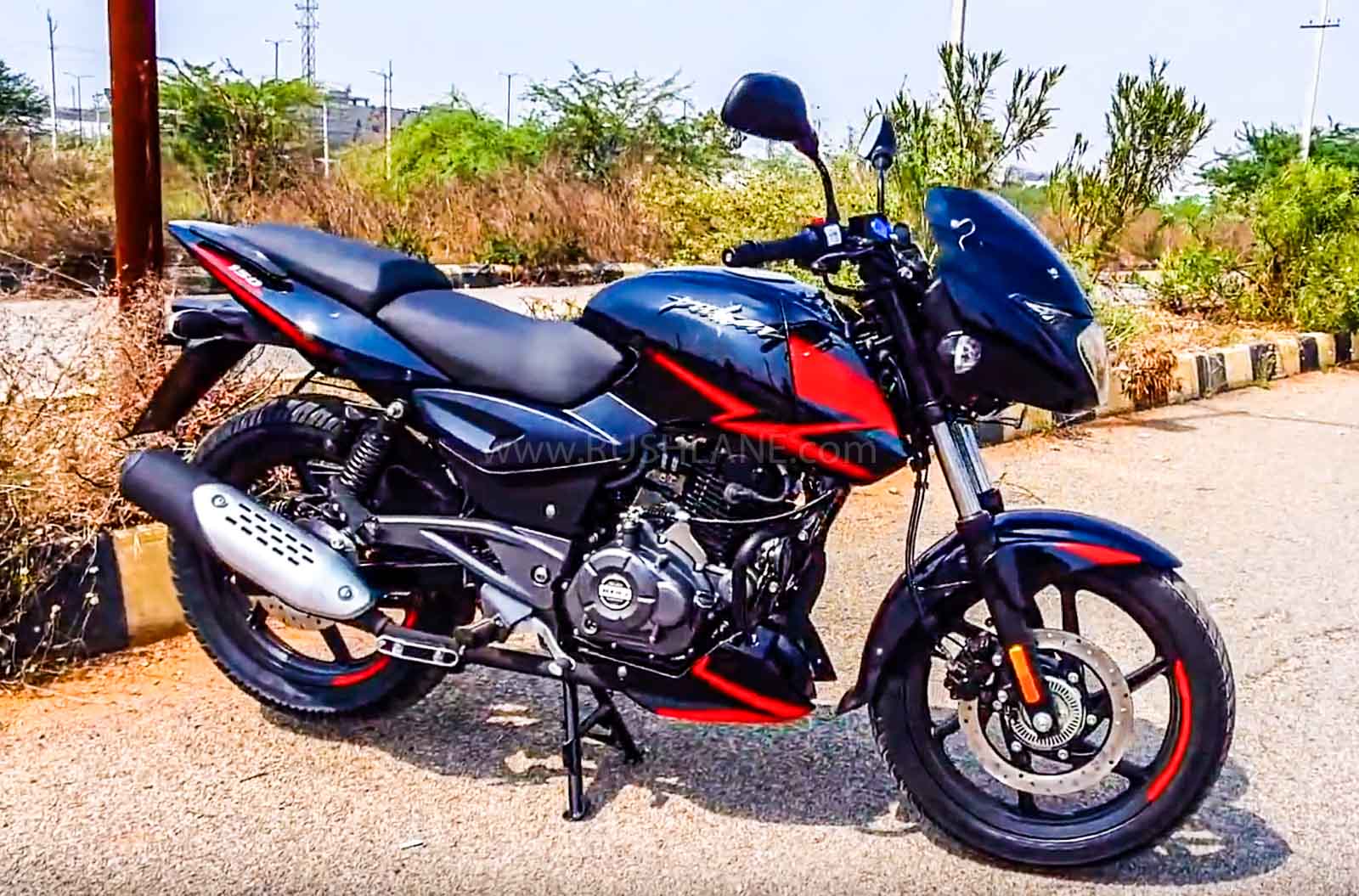
Bajaj Pulsar 150 BS6 range (single-disc and twin-disc) will be launched soon. Here are the differences between the variants.
Major automotive brands operating in the country, regardless of the segment, are busy updating their products to BS6 standards ahead of the April-deadline. Bajaj Auto is also working on the same and plans to launch the updated BS6-compliant versions of the Pulsar 150 range in a few weeks’ time. Automotive YouTuber, Dino’s Vault got hold of the new Pulsar 150 BS6 in both single-disc and twin-disc formats and has shared some relevant information, including the differences between the same.
Both variants of the Bajaj Pulsar 150 BS6 come with a fuel-injection system to cut down emissions. Owing to this, there should be a marginal improvement in refinement and fuel economy. In the outgoing BS4 format, the Bajaj Pulsar 150 makes 13.8bhp and 13.4Nm of torque from its air-cooled 149cc engine. The figures could be slightly varied (usually decreased) in the BS6 model.
The differences between the single-disc and twin-disc variants are not limited to the braking system. As the tag suggests, the single-disc variant does not get a disc brake at the rear, but has a wheel-speed sensor for the single-channel ABS unit. The rear tyre is sized at 100/80 in comparison to the twin-disc model’s 120/80 rubber.
Both motorcycles get different graphics even though they look almost identical in the same paint scheme. The twin-disc variant gets a twin-seat layout along with split grab-handles. The exhaust heat shield gets a satin finish while the single-variant gets it in chrome. The front forks are also noticeably bigger on the higher twin-disc variant. Furthermore, the single-disc variant employs a conventional kick-starter, unlike the electric-start-only twin-disc variant.
Owing to the addition of a fuel-injection system, both motorcycles get an engine warning lamp on the tweaked instrument cluster (which comes in different formats in either motorcycle). The fairing at the bottom of the engine compartment hides an additional catalytic converter that helps the motorcycles meet the emission standards coming under BS6.
The single-disc variant is obviously the choice to make if you are on a tighter budget. With no differences in the engine department, the higher twin-disc variant is a fitting choice for those who wish to have a better-equipped Pulsar model, without leaving the 150 range. In addition to this, the styling of the motorcycle resembles that of the old, rare and iconic Bajaj Pulsar 200 DTS-i or even the rarer Pulsar 220 DTS-FI Street-Fighter.
Ex-showroom prices for the BS4-compliant Pulsar 150 range currently go at around Rs 86,000 and Rs 90,000 for the single-disc and twin-disc variants, respectively. The addition of the FI system in the BS6 models would bump up the prices slightly.

